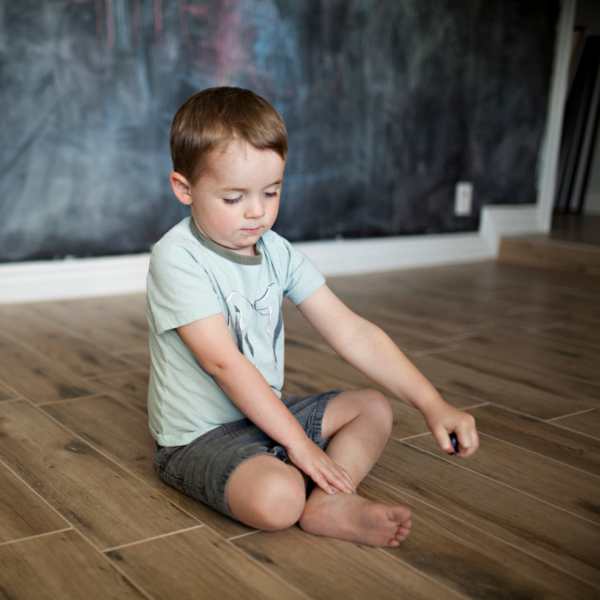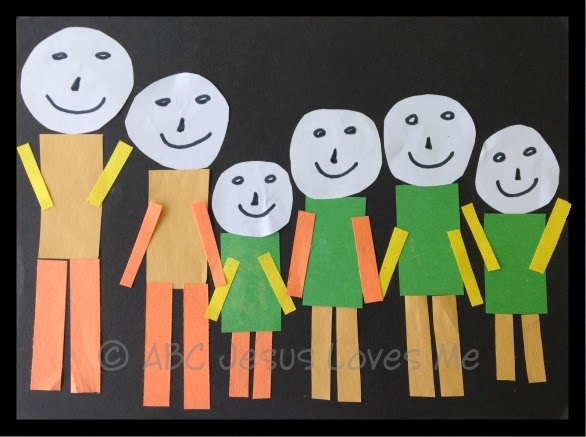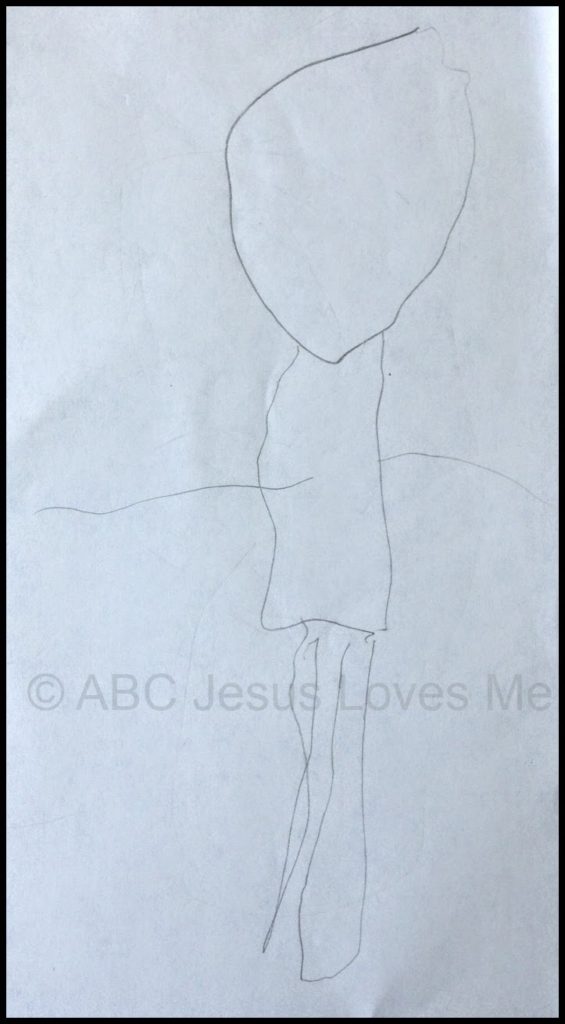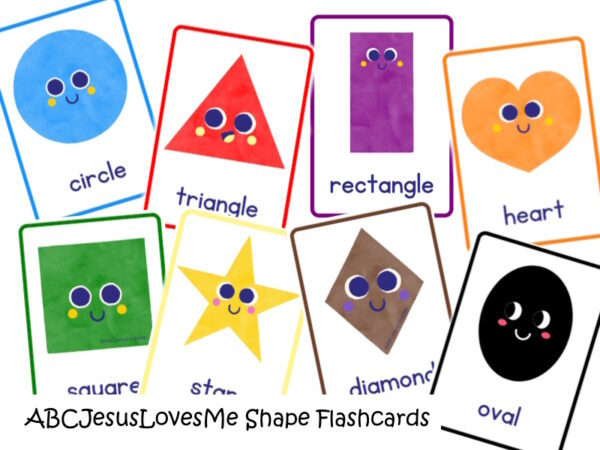
This popular post has been updated from 2010.
Bubs didn’t seem to enjoy drawing. Whenever he was asked to draw something, his attempts often resulted in scribbles. I knew that at his age, he should be able to draw basic pictures of people, animals, and scenery, but something was holding him back.
- Was it a delay in fine motor skills or visual perception skills?
- Perhaps drawing simply wasn’t in his wheelhouse?
- Maybe I wasn’t teaching him effectively.
Bubs faced severe delays in both fine motor and visual perception skills. He attended occupational therapy three times a week to address his fine motor issues and sensory processing delays. Additionally, we incorporated fine motor activities like playdough, puzzles, and Legos to further develop his muscle strength. Daily exercises from the Visual Perception Workbook helped improve communication between his eyes and brain.
In teaching kids, I understand that children resist activities that are hard for them. As the adult, it’s up to me to step back and identify why it’s hard and how to strengthen those weaknesses.
This meant I needed to change my teaching approach. For some reason, Bubs couldn’t see drawing objects as simply assembling basic shapes, and I needed to back up my teaching to help him do this.

Teaching Kids How to Draw People
We started by sitting on the floor with shape flashcards laid out in front of us. We went over each shape together, making sure Bubs knew what each shape was. Then, I asked him to identify which shape matched my head. He immediately pointed to the circle card. I handed it to him, traced the circle on the flashcard, and then traced the outline of my head.
Next, we moved on to the body. I outlined a rectangular shape from my shoulders down to my waist. Although he struggled with remembering the name “rectangle” (very age appropriate), he could identify the correct flashcard. Following the same steps, we identified shapes for the arms and legs (which are also rectangles).
Before we began the activity, I had quickly cut from construction paper a circle for the head, along with a large rectangle for the body, 2 longer rectangles for the legs, and 2 shorter rectangles for the arms. Laying all the shapes out in front of him, I again traced my head with my finger and asked Bubs to pick up the shape that was the same as my head. Then he chose the body, arms and legs. We finished by gluing the pieces to a piece of construction paper.
Teaching Kids How to Draw Their Family
Because there are six people in our family, Bubs and I pre-cut from construction paper six different-sized circles for heads, along with various sized rectangles for bodies, legs, and arms. Laying all the shapes out on the table, I again traced my head with my finger and asked Bubs to pick up the shape that was the same as my head. He immediately noticed that the circles were different shapes. I asked him which member of the family he wanted to begin with. He chose Daddy, so we discussed which circle would best represent Daddy. Then he chose the body, arms and legs. After gluing them on the sheet of paper, he moved to other members of the family, gluing each of them down. I love how in this small activity, he worked on fine motor skills, shapes, visual perception, and sorting!
It’s Time to Draw People
The next day we reviewed the process with the shape flashcards. Then I demonstrated how to draw a body using only two shapes – a circle and rectangles. With a pencil in his hand, Bubs got a chance to draw himself. This is what he came up with.
For a 3 1/2-year-old, I call that success!
We kept exploring basic shapes in everyday objects, which helped Bubs add more detail to his drawings. I also brought in a “How to Draw” book guiding Bubs to draw different animals. Over time, he started to notice familiar shapes and figures within the animals. It was amazing to see him realize that a cat’s head could be as simple as a circle, with the mouth looking like a sideways “3.” After a few weeks of this practice, he gained the confidence to draw the animals on his own. His excitement for drawing is growing, all because I took a fresh look at my teaching approach.
Help your child learn to draw with the free ABCJesusLovesMe Shape Flashcards. Perfect for shape recognition, playing games, and taking Shape Walks. Grab your free copy today!




This is awesome! I am going to be trying this in my 3 year old class. Thank you so much.
Wonderful! Let me know how it goes. 🙂 –heidi
this was helpful thank you so much my sister ❤ 💗 💕
Consila – I am so glad that this was helpful! –heidi